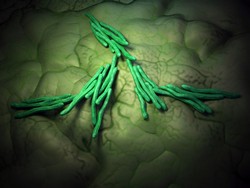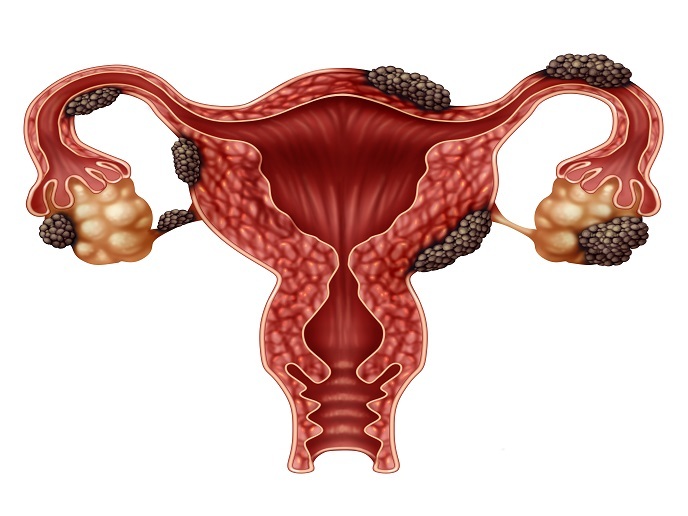Irresistible drugs for resistant tuberculosis
Treatment of tuberculosis entails the administration of drugs over a period of four to six months. However, multidrug-resistant (MDR) and extensively drug-resistant (XDR) strains of M. tuberculosis are nearly impossible to treat, especially in immunocompromised patients. Developing countries also lack the infrastructure for accurate diagnosis and access to second-line anti-tuberculosis drugs. Furthermore, the majority of infected patients carry dormant pathogens with only 10 % developing tuberculosis. With these issues in mind, the EU-funded NATT (New approaches to target tuberculosis) collaborative project aimed to identify and validate novel targets with emphasis on dormancy and drug resistance. It brought together experts in the field from Europe and India to raise the awareness of the need for new drugs to treat tuberculosis. As a first step, researchers discovered and performed biochemical characterisation of novel M. tuberculosis protein targets. They provided better insight into the nucleotide excision repair system of the pathogen and elucidated its role in maintaining genomic integrity. In addition, they unravelled a role for thymidylate synthase enzymes in tuberculosis pathogenesis. Several inhibitors targeting these newly discovered proteins were identified indicating that these novel targets could be used in the battle against MDR- and XDR-strains. Structure activity relationship studies led to the generation of additional compounds that caused 99 % growth inhibition of three types of MDR tuberculosis strains. Another part of the NATT project focused on restoring intracellular killing of M. tuberculosis. In this context, scientists established a fully automated multidisciplinary screening platform that assays for bacterial survival in primary human macrophages. Following multi-parametric image analysis, they identified compounds that reactivate phagosome maturation, thus potentially triggering intracellular mycobacterial killing. Given that tuberculosis is the second leading cause of death from infectious diseases worldwide, the NATT findings provide a solid ground to continue future research and development efforts into anti-tuberculosis drugs. Intervention at the level of pathogen-host cell interaction was proposed as an alternative strategy for tackling dormant M. tuberculosis.
Keywords
Tuberculosis, multidrug-resistant, extensively drug-resistant, NATT, thymidylate synthase







